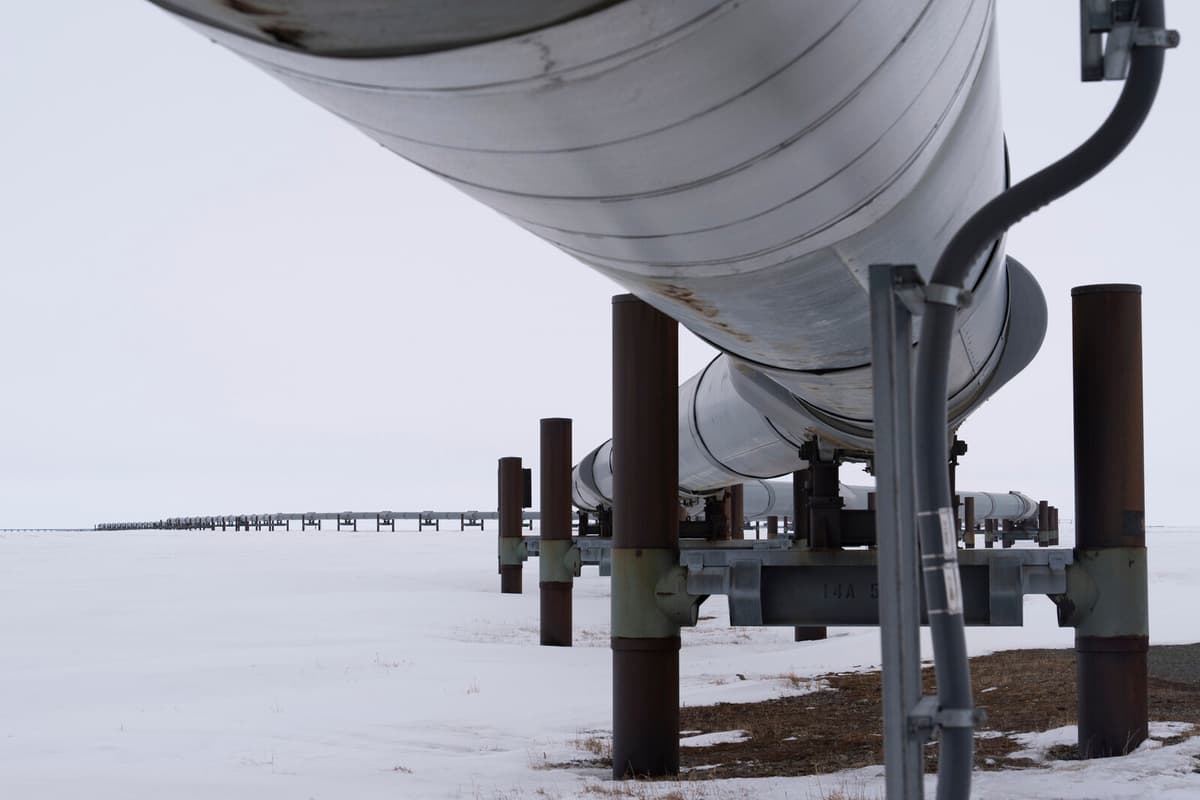Governments around the world are planning to produce more than four times as much fossil fuels by 2050 as is deemed reasonable to keep global warming below 1.5 degrees.
That the world's countries continue to invest in and produce fossil fuels is alarming, according to the researchers behind the report.
Extensive support
Countries continue to provide extensive economic and political support for the production of fossil fuels, such as tax relief and government support, says Emily Gosh, researcher at the Stockholm Environment Institute (SEI), at a digital press conference in connection with the release of the report.
According to the Paris Agreement, which the world's countries agreed on ten years ago, the goal is to limit warming to 1.5 degrees. But many countries' plans for production and use of fossil fuels go against the goals.
The gap between what is required to not exceed the temperature targets and what countries are planning has also increased since 2023. Mainly because the prognosis has changed for how much oil, gas, and coal production will decrease. Countries are now planning to use more fossil fuels than two years ago.
A driving factor is that China does not plan to reduce its coal production at the rate they said in 2023, says Niel Grant, from Climate Analytics and one of the researchers behind the report.
Great responsibility
Even though some hope is placed on reducing demand, for example through electrification of vehicles, a great responsibility lies with the countries' governments, the report authors mean.
Many large oil and coal companies are state-owned or receive contributions from states. Ruling politicians are also responsible for regulations that facilitate the production of fossil fuels, says Niel Grant.
That we will achieve the goal of keeping warming below 1.5 degrees has already been deemed impossible by most researchers. But even with the aim of keeping us below 2 degrees of warming by 2030, the production of fossil fuels is 77 percent above the target, according to the report.
Petra Hedbom/TT
Facts: The Production Gap Report
TT
The Production Gap Report compiles the world's planned extraction of fossil fuels and compares it with the production levels that are compatible with the Paris Agreement's goal of limiting global temperature rise to 1.5 degrees and 2 degrees, respectively. The report is made regularly since 2019.
Almost 90 percent of global greenhouse gas emissions come from fossil fuels.
The report is made by the Stockholm Environment Institute (SEI), Climate Analytics, and the International Institute for Sustainable Development (IISD).
Over 50 researchers from universities, think tanks, and other organizations in more than 30 countries have contributed to the report.
20 of the world's largest fossil fuel-producing countries account for 80 percent of total production. These include Australia, Brazil, Canada, China, Germany, India, Norway, Qatar, Russia, Saudi Arabia, and the USA. 17 of these plan to increase their production of at least one fossil fuel in the coming years.
Source: Production Gap Report 2025





